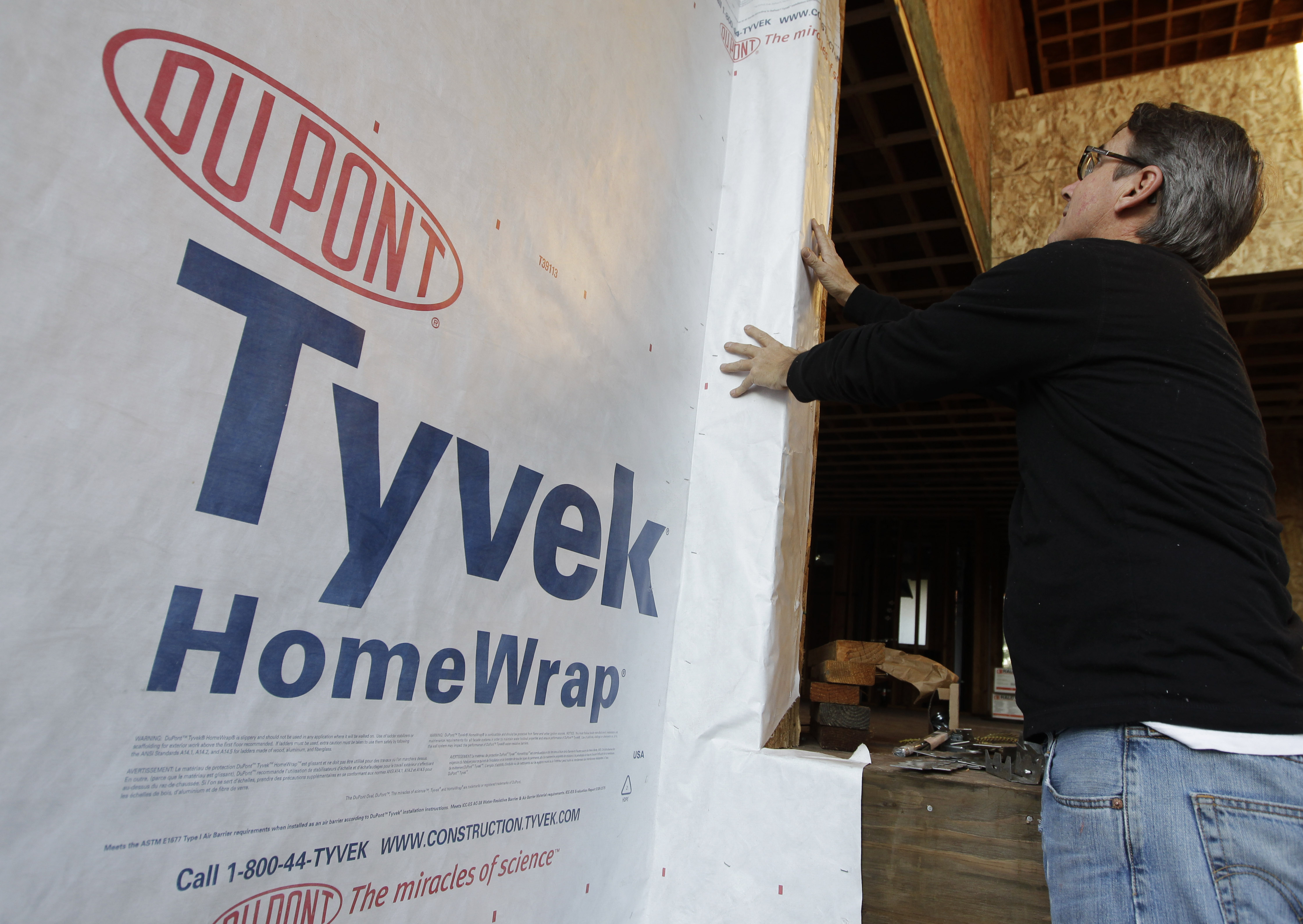By DEREK KRAVITZ
AP Real Estate Writer
WASHINGTON - A surge in apartment construction gave home builders more work in November. And permits, a gauge of future construction, rose largely because of a jump in apartment permits.
Some analysts say the gains, though coming off extremely low levels, suggest the depressed housing industry may have reached a turning point.
Economists now say 2011 will be the first year since the Great Recession began in 2007 that home construction will have helped the economy grow. Before this year, the industry endured two of the worst years ever.
"Homebuilding is through the worst and is now steadily improving," said Paul Diggle, a property economist at Capital Economics.
Builders broke ground on a seasonally adjusted annual rate of 685,000 homes in November, a 9.3 percent jump from October, the government said Tuesday. It's the highest level since April 2010.
Still, the rate is far below the 1.2 million homes that economists say would be built each year in a healthy housing market.
Construction of single-family homes rose 2.3 percent in November to a seasonally adjusted annual rate of 447,000. Apartment construction jumped 32 percent to a rate of 238,000 units. Single-family homes account for about 70 percent of homebuilding.
For the year, work is expected to have begun on 430,000 single-family homes and 185,000 apartments. Those figures remain far below the roughly 840,000 single-family homes and 360,000 apartments that would be started in a healthy economy.
Tuesday's home construction data, along with encouraging economic news out of Germany and Spain, helped fuel a huge rally on Wall Street. The Dow Jones industrial average jumped more than 300 points, or 2.7 percent, by mid-afternoon.
Patrick Newport and Michelle Valverde, U.S. economists at IHS Global Insight, said the better-than-expected figures show that the housing industry is "finally getting off the mat."
"It'll keep getting better through next year," said Jared Franz, an associate economist at T. Rowe Price.
Last year, builders began work on roughly 587,000 homes. That barely surpassed the 554,000 homes started in 2009, the worst year ever.
Though new homes represent just 20 percent of the overall home market, they have an outsize impact on the economy. Each home built creates an average of three jobs for a year and generates about $90,000 in taxes, according to the National Association of Home Builders.
Renting has become a preferred option for many Americans who lost their jobs during the recession and were forced to leave their houses. The surge in apartments has provided a lift to the beleaguered housing market but has not been enough to completely offset the loss of single-family homes.
Permits rose 5.7 percent last month to a seasonally adjusted annual rate of 681,000, boosted by a 16 percent jump in permits for apartment buildings, to 246,000.
Builders typically begin construction on single-family homes six months after getting a permit. With apartment projects, the lag time can be up to a year.
Over the past year, permits for apartment buildings with five or more units have surged more than 80 percent. Permits for single-family homes have risen much less: just 3.6 percent.
Demand for new homes is weak. Record-low mortgage rates and plunging home prices have done little to help.
The chief problem: Builders are struggling to compete with deeply discounted foreclosures and short sales. Short sales occur when lenders allow homes to be sold for less than what's owed on the mortgage. Few homes are selling.
After previous recessions, housing accounted for at least 15 percent of U.S. economic growth. Since the recession officially ended in June 2009, it has contributed just 4 percent.
In October, sales of new homes rose slightly, largely because builders cut their prices in the face of weak demand. Sales hit a six-month low in August. And this year is shaping up to be the worst since the government began keeping records a half-century ago.
Another reason sales have fallen is that previously occupied homes have become a better deal than new homes. The median price of a new home is about 30 percent higher than the median price for a re-sale. That's nearly twice the markup typical in a healthy housing market.
The homebuilders' trade group said this week that its survey of industry sentiment rose in December to 21, the highest level since May 2010. Still, any reading below 50 indicates negative sentiment about the housing market. The index hasn't reached 50 since April 2006, the peak of the housing boom.

